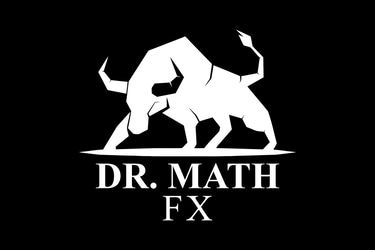Price Action is the purest form of market analysis. It focuses on studying how price moves on a chart without relying heavily on indicators. Traders observe candlesticks, chart structures, support and resistance levels, and market swings to understand the psychology behind buying and selling.
Unlike indicator-based strategies that lag, Price Action reflects real-time market sentiment, helping traders make decisions based on what is happening right now.
Why Price Action Matters
Clarity: Removes noise and keeps the chart clean.
Versatility: Works across all markets – Forex, Crypto, Stocks, Futures.
Timing: Helps traders find precise entry and exit points.
Confidence: Builds discipline by focusing on structure and behavior of price.
Price Action
Candlestick Patterns
Each candlestick shows the battle between buyers (bulls) and sellers (bears).
Common patterns: Doji, Engulfing, Pin Bar, Inside Bar.
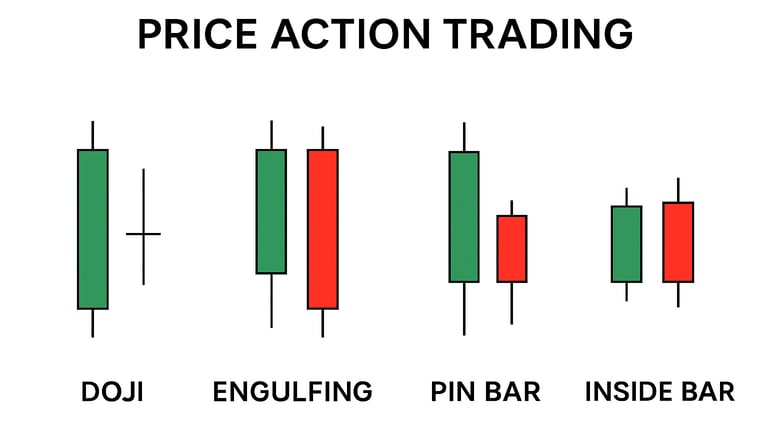

Support:
Support = Price level where buyers often step in and push price higher.
Support is a price level where demand is strong enough to prevent the price from falling further. When the price reaches a support level, it often bounces back up because buyers step in.
Example:
If EUR/USD repeatedly finds buyers around 1.0800, this level acts as support.
If price drops to 1.0800 and bounces back up multiple times, it confirms a strong support zone.
🔹 A break below support may indicate a bearish trend continuation.
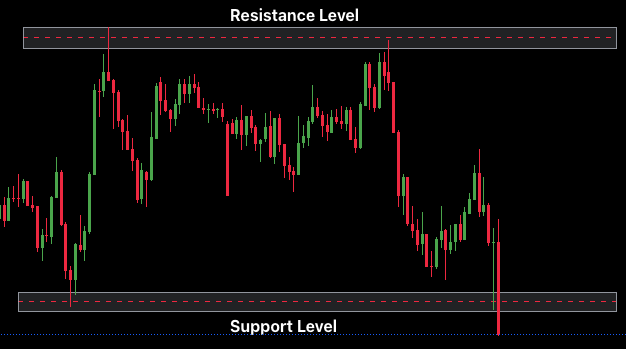

Resistance:
Resistance = Price level where sellers step in and push price lower.
Resistance is a price level where selling pressure is strong enough to prevent the price from rising further. When the price reaches a resistance level, it often reverses downward as sellers take control.
Example:
If XAU/USD (Gold) struggles to break above $2,050, this level acts as resistance.
Each time price reaches $2,050 and falls, it confirms a strong resistance zone.
🔹 A break above resistance may indicate a bullish trend continuation.
Support and resistance are fundamental concepts in technical analysis. They represent key price levels where buying or selling pressure is strong enough to prevent the price from moving further in one direction. Traders use these levels to identify potential entry and exit points.
Support and Resistance
Trends and Market Structure
Understanding trends and market structure is the foundation of trading. Before looking at indicators or advanced strategies, traders must learn to identify how the market is moving — whether it’s trending, ranging, or reversing.
What is Market Structure?
Market structure refers to the way price moves and organizes itself over time. It is the “blueprint” of price action, showing the sequence of highs and lows that reveal whether buyers or sellers are in control.
Bullish Structure (Uptrend): Higher Highs (HH) and Higher Lows (HL).
Bearish Structure (Downtrend): Lower Highs (LH) and Lower Lows (LL).
Sideways Structure (Range): Price moves between support and resistance without clear direction.
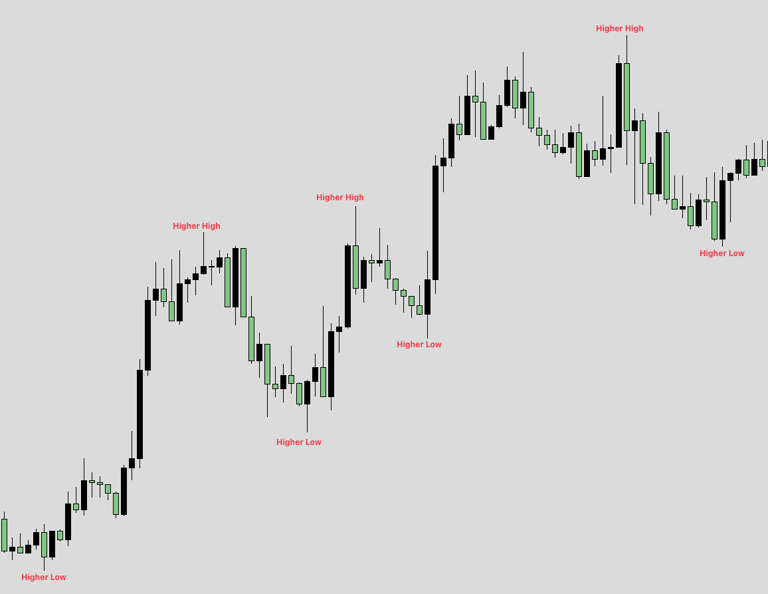

Bullish Structure
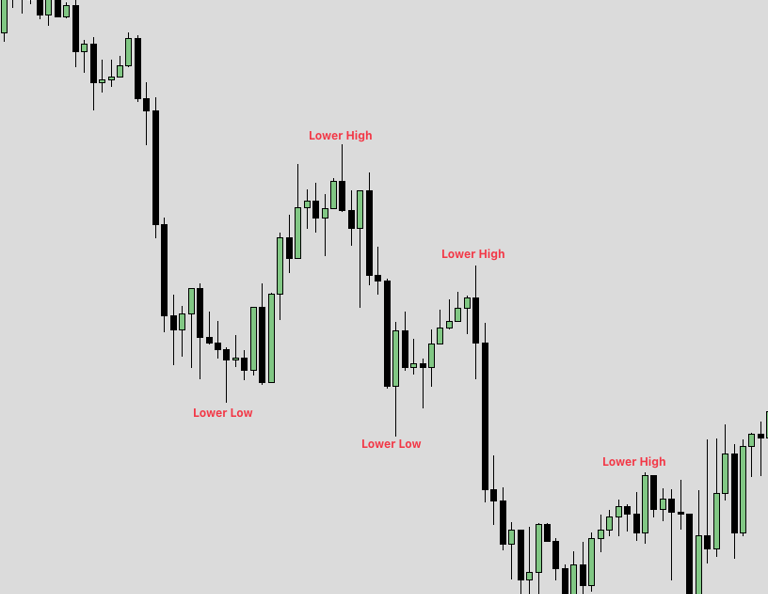

Bearish Structure
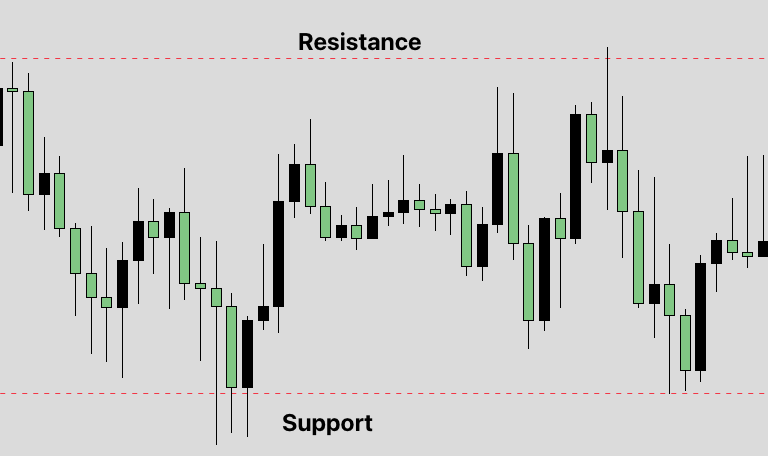

Sideways Structure
Types of Market Trends
1. Uptrend (Bullish Market)
Price makes a series of Higher Highs and Higher Lows.
Traders look for buying opportunities on pullbacks to support or trend lines.
2. Downtrend (Bearish Market)
Price makes Lower Lows and Lower Highs.
Traders look for selling opportunities on rallies to resistance or trend lines.
3. Sideways / Ranging Market
Price moves between horizontal support and resistance.
Breakouts or reversals often occur after consolidation.
Key Concepts in Market Structure
Trendline: A diagonal line connecting swing highs (in downtrend) or swing lows (in uptrend).
Break of Structure (BOS): When price breaks a previous high/low, signaling a possible trend change.
Market Phases:
Accumulation – Smart money builds positions.
Markup – Price trends upward strongly.
Distribution – Smart money offloads positions.
Markdown – Price trends downward strongly.
Trading Strategies with Trends & Structure
Trend-Following Strategy
Trade in the direction of the main trend.
Example: Buy pullbacks in an uptrend, sell rallies in a downtrend.
Break of Structure Strategy
Enter trades when a major swing high/low is broken.
Often signals a trend reversal or continuation.
Range Trading
Buy near support, sell near resistance.
Use candlestick confirmations for entries.
Trendline Breakouts
When trendlines are broken, they often signal momentum shifts.
Pros & Cons of Trading with Market Structure
Pros:
Simple and universal (works on all timeframes).
Forms the basis of all price action strategies.
Helps traders understand market psychology.
Cons:
Subjective (different traders may mark highs/lows differently).
False breakouts can confuse beginners.
Requires patience and discipline.
Trends and market structure are the language of the markets. Once you master reading swing highs, lows, and break of structure, you’ll gain clarity in spotting opportunities and understanding market psychology.
Want to apply these concepts with real funding? Explore my Prop Firms page to see how you can trade larger accounts once you’ve mastered market structure.
The Candlestick trading Bible :
The Candlestick trading bible is one of the most powerful trading systems in history. It was invented by Munehisa Homma. The father of candlestick chart patterns. This trader is considered to be the most successful trader in history, he was known as the God of markets in his days, his discovery made him more than $10 billion in today’s dollar.
Dr.MathFx
Elevate your trading with expert guidance today.
Copyright © 2025 DR.MATH FX. All rights reserved.
